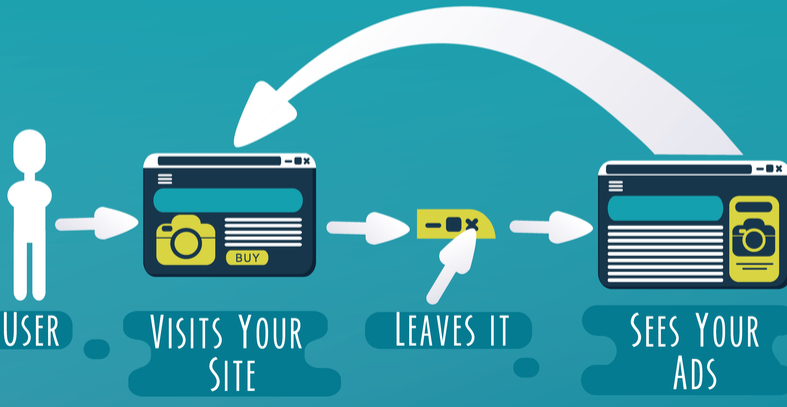One of the up-and-coming catchphrases of the marketing world is remarketing, sometimes called retargeting. Remarketing tries to ensure that a visitor who has visited your website comes back to register or make a purchase. Although this seems simple enough, it is a little more complex. This blog tells you in simple terms exactly what remarketing or retargeting is and whether it’s worth the effort.
You know how it is; you make a one-off visit to a holiday website and a day later you notice this company holiday ads on a site that has absolutely nothing to do with holidays. Coincidence? No. An example of remarketing.
Leading digital businesses and much smaller concerns use this form of retargeting as often as they can. Why? Well, in short, because it works.
For most consumers, a holiday is hardly ever an impulse buy. Researching, planning, comparing and booking can take days, weeks and sometimes months. During this expanse of time, visited sites can become forgotten. Competition can take any leads away. If a business is able to constantly remind a potential customer of its presence and remind them why they visited that site in the first place, they can be kept interested. It can also take it as a given that people who visit a holiday site, for example, are already interested in that particular product. These are not cold leads.
If a business has enough information about a potential customer’s journey and how he or she arrived at that site in the first place, a personalised banner campaign can be constructed to keep interest high.
Step by step
When retargeting, the following steps usually apply:
1. Visitor arrives on your site
2. Visitor is immediately added to our targeting list
3. Visitor leaves your site
4. Visitor is shown your ads on third-party sites they visit
How does it work?
There are many different remarketing tools and software. Remarketing allows you to follow visitors who have been to your website using a customised (marketing) marker and send them personalised messages. You can see who has visited your website through the use of tags’ on some or all of the pages of your website. When you implement these tags, you can address different target groups with specific messages.
For example, you can choose tag the visitors who have looked at your home page and event information page, but not your shop. Targeting this particular group with a customised (marketing) message offering them a discount means there is a higher chance of converting these visitors into buyers.
Your message
A(marketing) message should always be personalised. One of the great advantages of remarketing is that you already know a little about each visitor and can immediately increase interest with a specific message. Throwing away such an opportunity with a generic ad doesn’t bear thinking about; use a contact method that has appeal and appropriate design.
Never go over the top! You can show your ads to your visitors without limits, but that does not mean you take every opportunity. Sometimes your visitors will take the desired action; sometimes they are just not interested. Chasing this group of visitors and showing them the same ad every time will do more harm than good. When retargeting, always limit the number of times your message is shown; this method achieves better results.
Summary
For sending personalised ads to people who have already shown an interest in your website, remarketing is a powerful tool. Using tags and direct communication is highly advantageous and is reflected by higher CTRs and conversion rates. However, remarketing requires knowledge of the right tools and optimisation techniques, while online etiquette means it should never be used to bombard your former visitors with frequent and often annoying messages or ads. Only when used correctly is retargeting an extremely worthwhile and profitable strategy for any digital business, large or small.


 1300 353 700
1300 353 700 info@magiknewmedia.com.au
info@magiknewmedia.com.au














